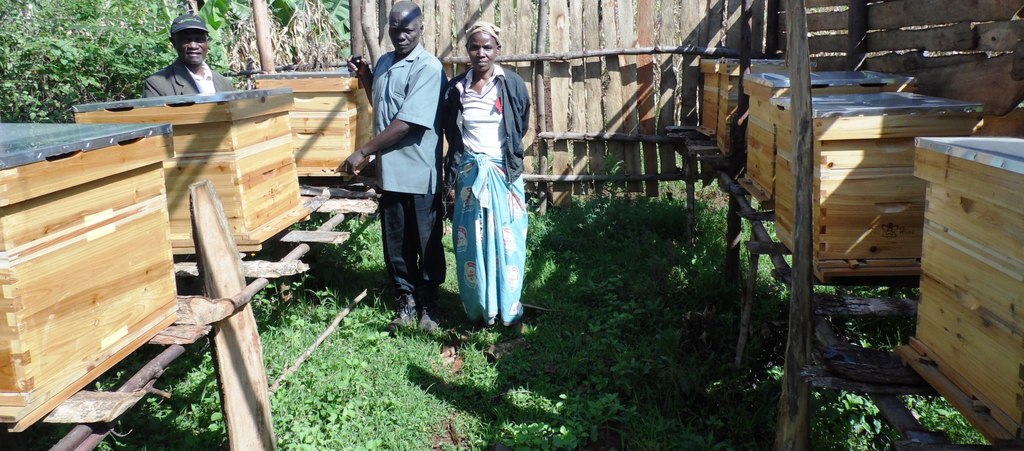
By George Munene
The Kenya Commercial Bank (KCB) and the United States Agency for Development (USAID) have inked a two-year deal that will mobilise Sh 100 million to finance livestock farmers in Kenya’s arid and semi-arid lands (ASALs).
“This deal will help us link arid livestock farmers to markets, provide access to credit for small-scale farmers through farmer producer organisations, and train them on how to tackle climate change which has led to a cycle of drought that is currently being acutely felt by ASAL farmers,” said Caroline Wanjeri Head-KCB Foundation
The fund which will in time incorporate other strategic partners and grow to Sh 500 million is expected to cushion livestock farmers in Kenya's arid counties which have borne the brunt of the ongoing drought and according to the United Nations is expected to leave 3.5 million Kenyans are facing hunger by June 2022.
Related News: KALRO boosts dual-purpose Teff grass production to help arid farmers combat drought
According to Ireland’s humanitarian agency Concern Worldwide, more than 1.4 million animals have died in Kenya alone because of the ongoing drought. 90-80 per cent of water pans and dams in Turkana and Marsabit -- Kenya’s major pastoral zones -- have dried up. In Kajiado and Narok counties this figure is 50 per cent. Herders are trekking during the day in 30 degrees plus heat for up to 30 kilometers in search of water.
Over 76,000 malnourished livestock are being bought by the Kenyan government for slaughter with the meat being disbursed to in excess of 766,000 in-need households.
Related News: Sesame buyers turn to neighbours as Kenyan farmers fail to meet demand
Related News: KCB to increase agriculture lending & issue Kenya’s first Green Bond in 2022
“Through KCB we hope to extend financing to livestock farmers in arid and semi-arid areas in Kenya as well as enhance the livestock value chain in Kenya so that they are facilities through which farmers can access financing,” said Dr. Grace Mwai, Deputy Chief Kenya Investment Mechanism (KIM) USAID.
Write comment (0 Comments)
















